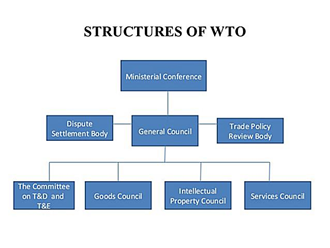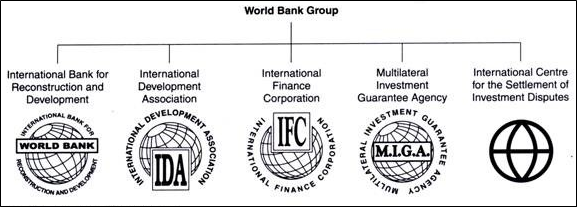1. PPP in Roads
Public-Private Partnerships (PPP) have been extensively used in the road sector in India, particularly in the development of national highways. The National Highways Authority of India (NHAI) has leveraged PPP models like Build-Operate-Transfer (BOT), Hybrid Annuity Model (HAM), and Toll-Operate-Transfer (TOT) to accelerate the development of highway infrastructure.
Key Data and Facts
-
- National Highway Development Program (NHDP): As of 2023, over 30% of India’s national highways have been developed through PPPs. Notable projects include the Mumbai-Pune Expressway and the Golden Quadrilateral.
- Toll-Operate-Transfer (TOT) Model: The first bundle under the TOT model was auctioned in 2018, generating ₹9,681 crores, which was reinvested into highway projects.
- Hybrid Annuity Model (HAM): HAM has become the preferred model for highway projects, with over 60 projects awarded under this model in the last five years. NHAI has awarded approximately 2,000 km of road projects under HAM as of 2023.
2. PPP in Railways
Indian Railways has increasingly turned to PPPs to modernize its infrastructure, develop new lines, and improve passenger services. The government has introduced several initiatives to attract private investment, including station redevelopment, freight corridors, and high-speed rail projects.
Key Data and Facts
-
- Station Redevelopment Program: The government has identified over 50 railway stations for redevelopment under the PPP model. Notable projects include the redevelopment of Habibganj (Rani Kamlapati) station in Bhopal and Gandhinagar station in Gujarat.
- Dedicated Freight Corridors (DFC): The Eastern and Western Dedicated Freight Corridors, partially funded through PPPs, are set to enhance freight capacity significantly. These projects are crucial for reducing logistics costs and improving the efficiency of the rail network.
- Private Train Operations: The Indian Railways has opened up passenger train operations to private players, with plans to introduce 151 private trains across 109 routes by 2025.
3. PPP in Ports
The port sector has been one of the success stories of PPP in India, with significant private sector participation in the development of port infrastructure, container terminals, and cargo handling facilities.
Key Data and Facts
-
- Major PPP Projects: Ports like Jawaharlal Nehru Port Trust (JNPT) and Mundra Port have been developed with significant private sector involvement. JNPT, India’s largest container port, operates under the PPP model, handling over 4.5 million TEUs annually.
- Sagarmala Program: The Sagarmala program aims to modernize India’s ports and enhance port connectivity. As part of this initiative, over 50 port projects are being developed through PPPs, with an estimated investment of ₹1 lakh crore.
- Private Investment: As of 2023, private players account for over 70% of the total cargo handling capacity in India’s major ports.
4. PPP in Airports
The airport sector in India has witnessed significant private sector participation, particularly in the modernization of existing airports and the development of new ones.
Key Data and Facts
-
- Privatization of Airports: Airports Authority of India (AAI) has successfully privatized airports in Delhi, Mumbai, Bangalore, Hyderabad, and more recently, Ahmedabad, Jaipur, Lucknow, Mangalore, Guwahati, and Thiruvananthapuram. The privatization of these airports has attracted investments exceeding ₹50,000 crore.
- Greenfield Airports: The construction of greenfield airports, such as Navi Mumbai and Jewar (Noida International Airport), is being undertaken through PPPs. These projects are crucial for meeting the growing demand for air travel in India.
- Airport Modernization: PPP models have led to significant improvements in airport infrastructure, passenger services, and operational efficiency. For instance, Delhi’s Indira Gandhi International Airport has consistently ranked among the world’s top airports after its privatization.
5. PPP in Power
The power sector in India has seen substantial private participation through PPPs, particularly in the generation, transmission, and distribution segments. The government has introduced various reforms to attract private investment, including bidding for ultra-mega power projects (UMPPs) and renewable energy projects.
Key Data and Facts
-
- Ultra-Mega Power Projects (UMPPs): These large-scale coal-fired power plants, such as the Sasan UMPP, have been developed through PPPs to address the growing power demand. However, challenges related to coal supply and financial viability have impacted their performance.
- Renewable Energy: The government’s ambitious target of 175 GW of renewable energy capacity by 2022 (extended to 2030 for 500 GW) has driven significant private sector investment in solar and wind energy projects. The Solar Energy Corporation of India (SECI) has facilitated numerous PPPs in the solar sector.
- Transmission Projects: The Power Grid Corporation of India Ltd. (PGCIL) has successfully implemented PPPs in the transmission sector, including projects like the Green Energy Corridor, which integrates renewable energy sources with the national grid.



